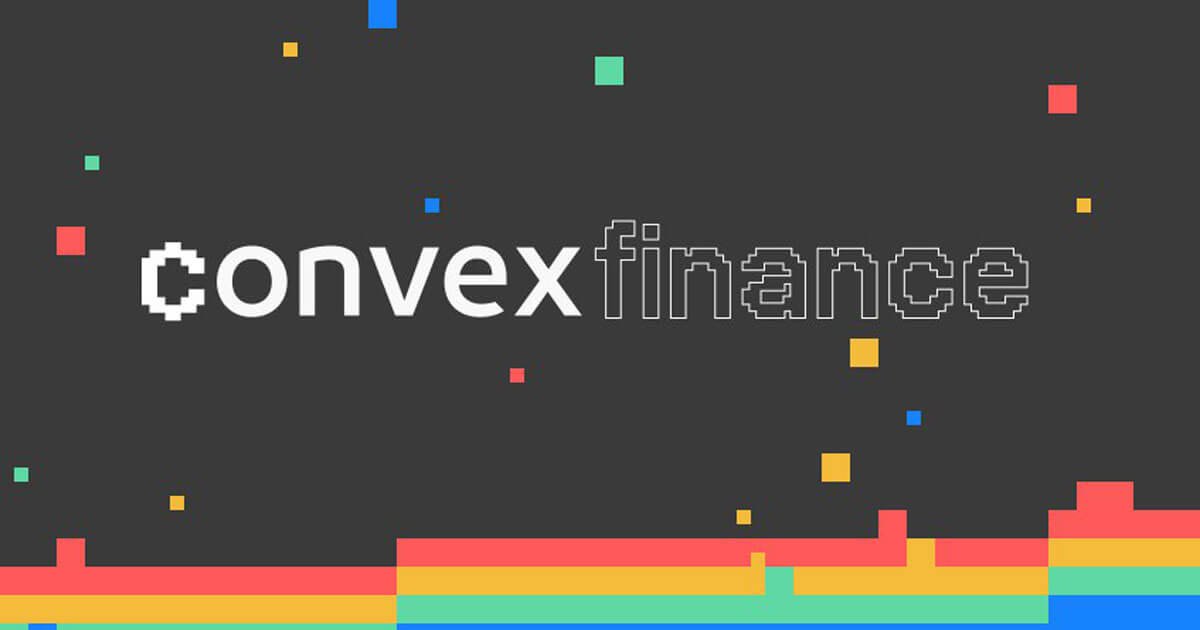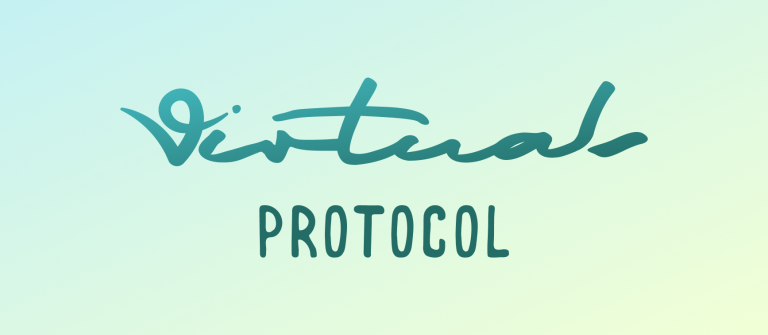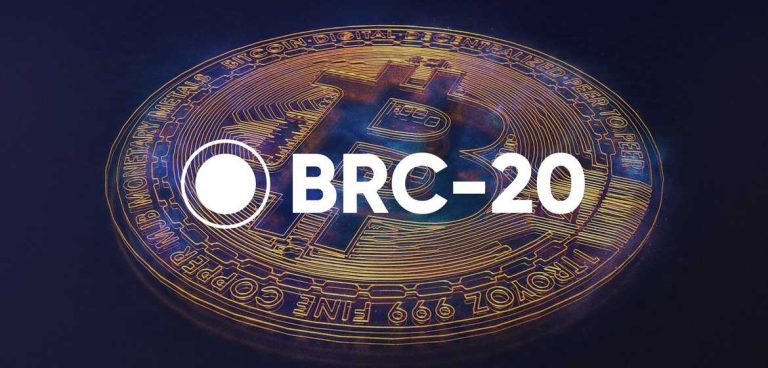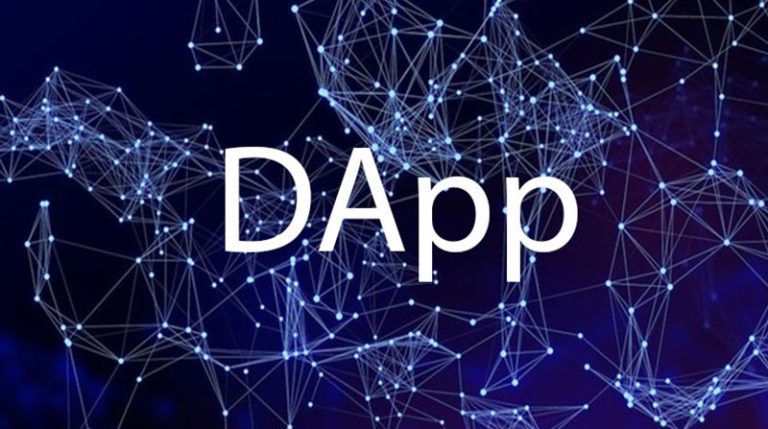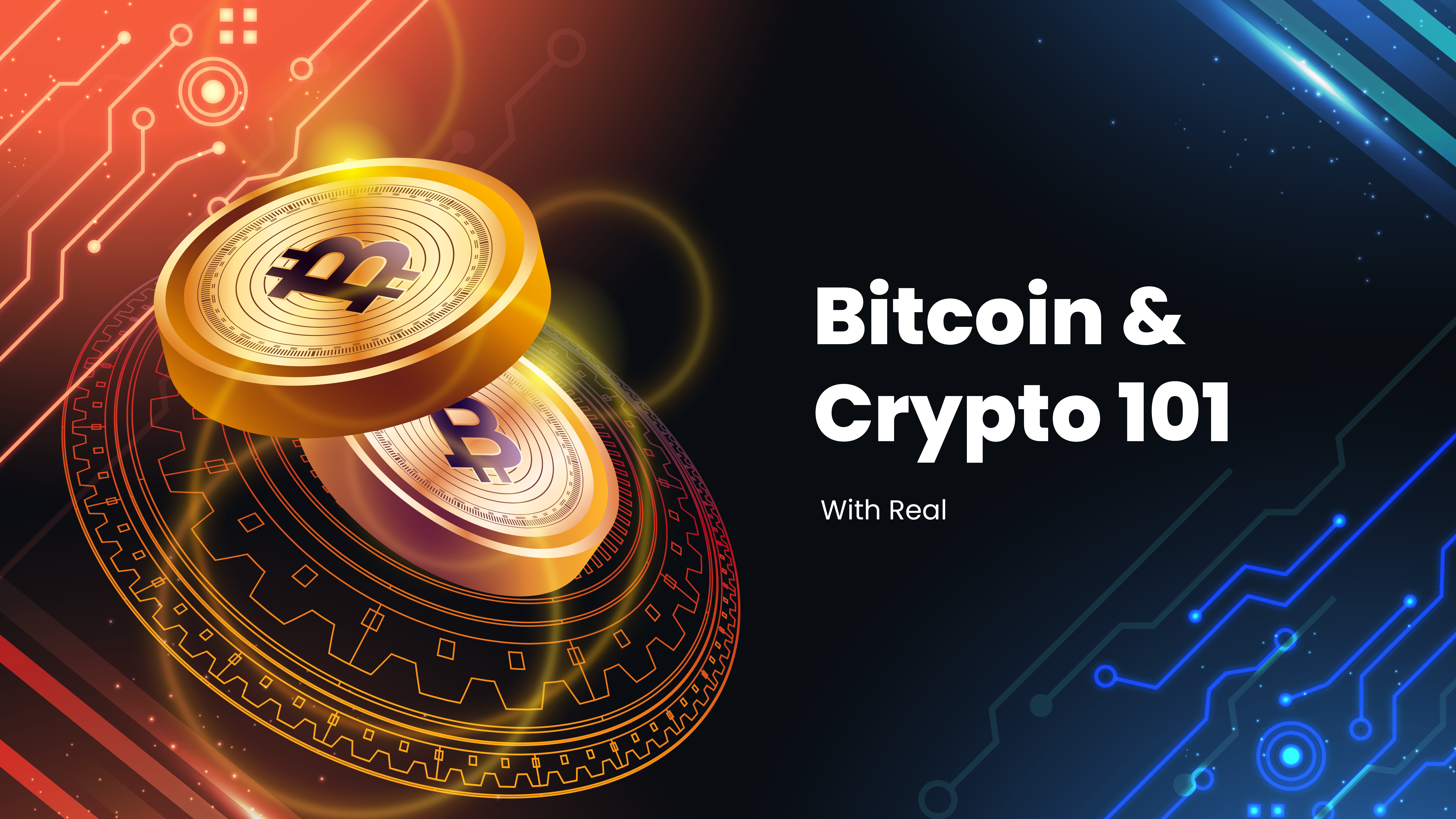What is Convex Finance (CVX)?
Convex Finance is a DeFi protocol that empowers Curve liquidity providers. It enables them to earn trading fees on Curve without staking liquidity. Liquidity providers have the option to stake with Convex and earn more CRV rewards. They also receive extra incentives from liquidity mining. This approach helps CRV stakers use their capital more.
Convex is trying to gain control of the Curve Finance stablecoin exchange. Having more CRV tokens gives a protocol more power to set interest rates on Curve. Curve is the biggest decentralized exchange (DEX) based on Total Value Locked (TVL). The ongoing “Curve wars” are a competition to become the most important protocol in the DeFi space.
Who are the Founders of Convex Finance?
A group of developers who prefer to remain anonymous created Convex Finance. The individuals behind Convex Finance are not known. This sets it apart from many other projects. Decentralized finance acknowledges it as a vital and influential protocol. This makes it a safe investment compared to other projects with less credibility.
Understanding CVX
CVX plays a crucial role in the Convex platform as the main token for Convex Finance. Staking CVX on the Convex Finance platform gives participants a chance to share in the profits. Curve and Frax LPs generate these profits and pay them in CRV and FXS tokens.
The fees collected on the platform, which are in CRV and FXS, meant for CVX stakers, go through a process. They are locked as veCRV and veFXS. After that, these locked assets become cvxCRV and cvxFXS. They are then distributed to those holding CVX.
CVX tokens that are vote-locked also get extra fees from Frax Finance LPs.
Convex Finance uses CVX vote-locking to vote on how to divide veCRV and veFXS for gauge weight votes. They also use it for other proposals. Users need to lock their CVX tokens for at least 16 weeks to take part in this voting process.
Convex for Curve Liquidity Providers
Convex provides liquidity providers with the opportunity to earn trading fees. They can also access enhanced CRV rewards without locking CRV themselves. Liquidity providers can effortlessly receive boosted CRV and liquidity mining rewards. They receive these rewards with the following advantages:
-
Attain claimable CRV with a much boost without the requirement to lock any CRV.
-
Earn CVX rewards as an extra benefit.
-
Experience zero deposit and withdrawal fees.
-
Enjoy fee-free transactions on extra incentive tokens such as SNX. This offers a seamless and cost-effective participation experience.
Convex for Curve Finance
Convex enables liquidity providers on Curve.fi to earn trading fees. They can also access boosted CRV rewards without having to lock their CRV holdings. Liquidity providers can enjoy boosted CRV and liquidity mining rewards with minimal involvement.
Convex offers a mechanism for users to receive trading fees. They also receive a part of the enhanced CRV acquired by liquidity providers. This is for those interested in staking CRV. This approach fosters a more harmonious balance between liquidity providers and CRV stakers. It enhances capital efficiency.
Convex stands out with its absence of withdrawal fees and nominal performance fees. CVX stakers receive the latter, which covers gas costs and is distributed.
CRV stakers and liquidity providers are both eligible for liquidity mining rewards. These rewards come in the form of CVX. This further incentivizes participation in the Convex platform.
Voting and Weighting in the Curve System
In the Curve system, those with veCRV can impact how CRV inflation is distributed. They do this by assigning weights to each pool’s “gauge.””
Convex Finance allows veCRV holders to take part in these votes. Holders of vote-locked CVX also have the same voting ability.
Rules and Info for Voting:
-
Voting will take place through Snapshot.
-
vlCVX votes will determine the weight of governance proposals. For example, if 60% of vlCVX votes are in favor of YES and 40% for NO, Convex will start an on-chain vote with 60% for YES and 40% for NO.
-
Gauge weight votes occur bi-weekly, commencing on Thursdays at 00:00 UTC and concluding on Tuesdays at 00:00 UTC.
-
We will address other governance votes related to Curve.fi as they arise.
-
Curve ownership governance votes and parameter governance votes cause a quorum of 15%. Gauge weight votes do not have a quorum requirement.
-
Individual CVX holders can divide their votes across many pools to gauge the weight of their votes.
-
Each gauge must secure at least 0.05% of the votes to have weight assigned.
Vote Delegation:
Voting rights from held CVX tokens can be delegated to another address or entity. This feature is especially useful for CVX token holders. They can use it to decide whether to join proposals or vote on their importance. Delegation can also be directed to the Convex Finance core team.
Delegating and locking are distinct. If you lock, you are not obligated to delegate, and vice versa. Delegating your voting power is a separate action. You can increase your voting power by locking. If you delegate without locking, your current voting power is zero. But if you choose to lock in the future, this voting power will be delegated.
Delegation changes or revocations can be executed at any time.
How to Delegate:
-
Visit the bottom-right section of the Convex Finance website.
-
Enter the Ethereum address for delegation in the form and click “Delegate.”
-
If choosing the Convex team, select “Delegate to Convex team” instead.
What financial risks are associated with investing?
Investing carries inherent financial risks. Convex Finance prioritizes safety. Engaging with any decentralized finance smart contracts involves potential dangers. Before its launch, a dedicated audit team examined the platform’s smart contracts. They sought input from external auditors to identify possible vulnerabilities.
You cannot ignore the chance of losing some or all your funds despite these precautions. When dealing with the Convex Finance platform, it’s wise to be cautious. Operate within your established risk tolerance.
Security Measures:
Convex Finance places a significant emphasis on security. It’s seen in the comprehensive audit conducted by MixBytes. A 3 of 5 multisig protects a robust treasury. It involves key entities like Convex Finance, Curve Finance, Votium, and Frax Finance. It’s noteworthy that a smart contract bug encountered in March 2022 led to a re-deployment. This highlighted the ongoing importance of strong security measures in decentralized finance.
Conclusion
Convex Finance leads DeFi innovation by offering a unique way to provide liquidity and governance. When using the platform, it’s important to be responsible and aware of risks while taking advantage of liquidity pools. Engaging with Convex Finance means influencing the future of decentralized finance. Curve liquidity providers and CRV stakers find the platform’s new liquidity provision method appealing. As the platform grows, its role in Curve wars and the DeFi ecosystem becomes increasingly significant. This gives ongoing opportunities to those involved in decentralized finance.
Sources:
https://docs.convexfinance.com/convexfinance/general-information/why-convex
https://convexfinance.medium.com/about
https://www.convexfinance.com/
https://coinmarketcap.com/currencies/convex-crv/
Disclaimer: Nothing in this article is financial advice. It is for educational purposes only. Liquidity pools are risky. Always do your due diligence and research.
